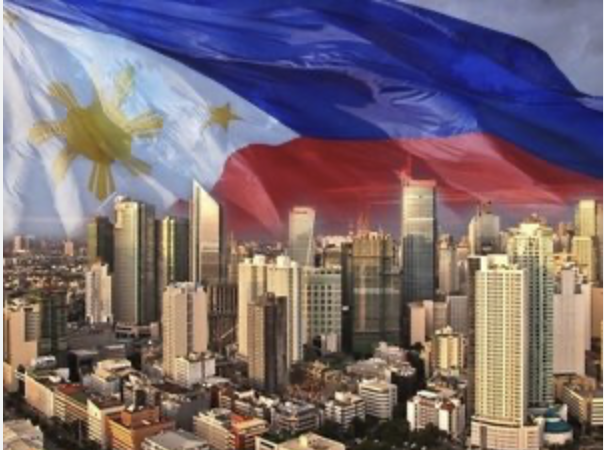The Bangko Sentral ng Pilipinas (BSP) delivered a one-two punch of reassurance for the economy this week, reporting a stronger external position even as it loosened monetary policy to support domestic growth.
The country’s gross international reserves (GIR) climbed to US$108.8 billion as of end-September 2025, up from US$107.1 billion in August, according to preliminary data released by the BSP. The increase was fueled by higher global gold prices, income from BSP’s foreign investments, and foreign currency deposits made by the national government.
At the same time, the Monetary Board announced a 25-basis-point cut in the Target Reverse Repurchase (RRP) rate to 4.75 percent, with corresponding adjustments in the overnight deposit and lending facilities to 4.25 percent and 5.25 percent, respectively. The move marks a shift toward a more accommodative stance amid softening growth indicators and contained inflation pressures.
“The favorable inflation outlook and moderating domestic demand provide room to further support economic activity,” the BSP said in a media advisory, adding that it remains vigilant of emerging risks to price stability and growth.
BSP: Strong external buffer boosts confidence

The higher GIR level reflects a robust external liquidity buffer — equivalent to 7.3 months’ worth of imports of goods and payments of services and primary income. This is well above the international adequacy threshold of three months, underscoring the country’s ability to withstand external shocks such as capital outflows or import price surges.
The GIR also covers 3.6 times the country’s short-term external debt, based on residual maturity, providing a solid cushion for the peso and ensuring sufficient foreign exchange to meet import and debt obligations.
Economists view this as a welcome development that strengthens investor confidence, especially as the BSP seeks to balance external stability with the need to stimulate domestic demand.
“An improving reserve position gives the BSP more flexibility,” said one market analyst. “It allows the central bank to cut rates to support growth without worrying too much about currency volatility or capital flight.”
Net international reserves — which refer to the BSP’s total reserve assets minus its short-term foreign liabilities — also rose by US$1.7 billion month-on-month, mirroring the increase in the GIR.
Monetary policy shifts amid cooling growth

While the external front remains strong, the BSP flagged weaker domestic growth momentum, citing “governance concerns about public infrastructure spending” and “lingering uncertainty from the external environment.”
The Monetary Board noted that business confidence has softened, and that demand-side indicators suggest a slowdown. The rate cut aims to provide additional liquidity and encourage lending to support consumption and investment.
Inflation, meanwhile, remains benign and well within the government’s target range. While the BSP acknowledged possible upward risks from potential electricity rate adjustments and higher rice import tariffs, it emphasized that overall price pressures are expected to ease in the months ahead.
A balancing act for sustainable growth

The latest moves highlight the BSP’s dual focus on maintaining external resilience while supporting economic recovery through monetary easing. The central bank’s ability to adjust policy without compromising financial stability is underpinned by the country’s healthy reserve position and stable inflation outlook.
As the impact of earlier policy actions filters through the economy this year, the BSP said it will remain attentive to emerging risks — including global market volatility and domestic supply-side pressures — while ensuring a monetary environment conducive to sustainable growth and employment.
With a stronger external buffer and renewed policy flexibility, the Philippines enters the final quarter of 2025 with a firmer footing — anchored by prudence, yet open to growth.








